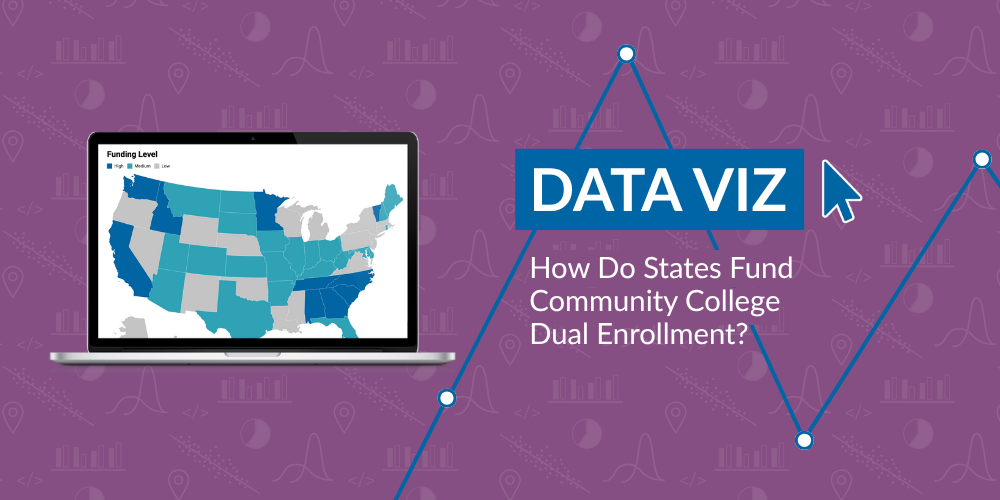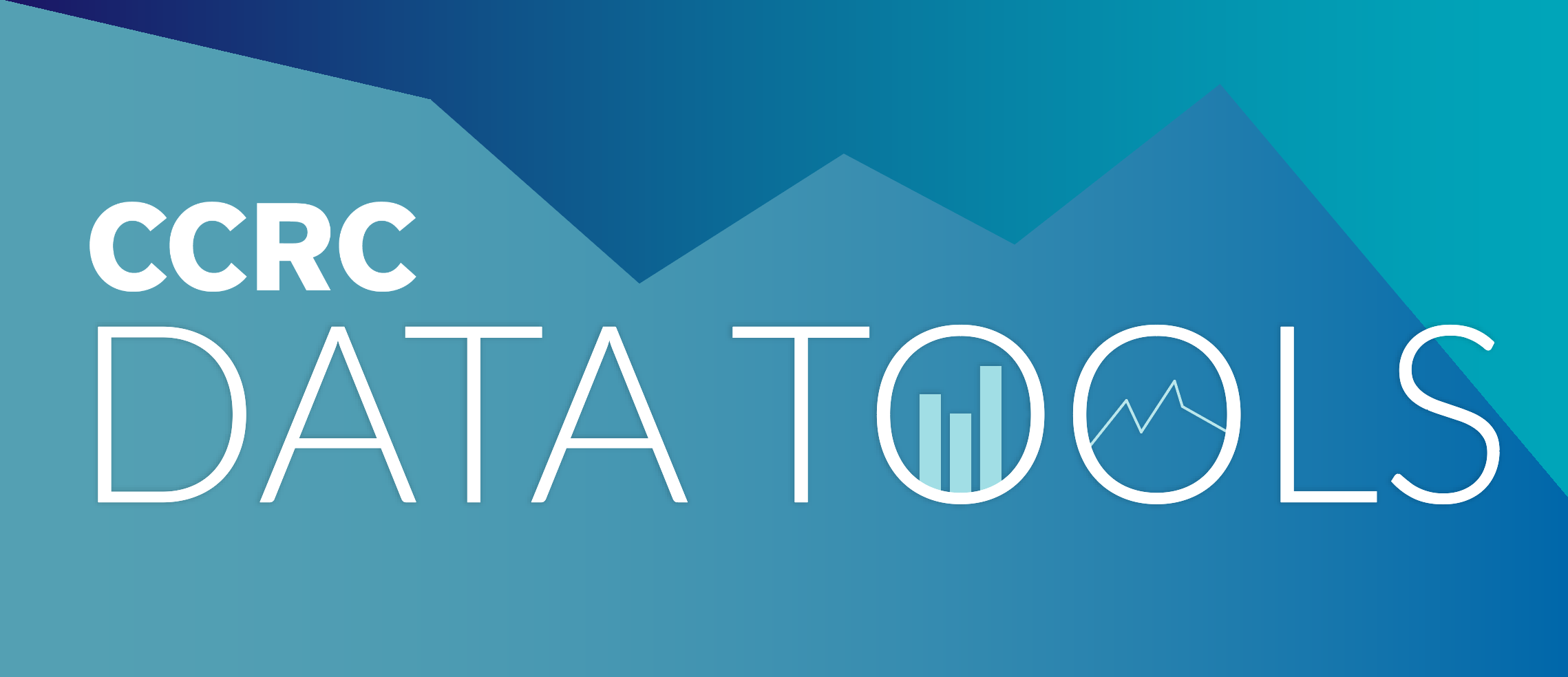By Davis Jenkins, Jessie Steiger, and John Fink
Dual enrollment has the potential to expand college and career opportunity—especially for students who are often left behind—when it is intentionally designed to prepare them for postsecondary pathways. Yet too often, dual enrollment functions as a “program of privilege” for students already on a college track. Or students may take whatever dual enrollment courses might be offered—what some call “random acts of dual enrollment”—without advising and other supports to connect the courses to their education and career goals.
In the conventional model, colleges keep dual enrollment costs low by relying on a small staff to coordinate with high schools, using high school teachers to deliver most courses, and offering advising and academic support to students who seek them out. This approach may work for students who already have strong guidance from families and schools, but it may not provide enough support for students without clear plans to continue their education after high school.
A more effective approach—what we call DEEP—requires greater investment. DEEP entails (1) broad outreach and recruitment, (2) coursework aligned to college and career pathways, (3) comprehensive advising and planning support, and (4) high-quality instruction with academic supports. To truly open doors for low-income students and others underrepresented in higher education, the DEEP approach to dual enrollment must also be offered at no cost to students and families.
Funding DEEP practices is particularly challenging because waiving or discounting tuition for dual enrollment, as many colleges already do to ensure access for low-income students, limits revenues. In some states, tuition charges are capped or prohibited; in others, colleges voluntarily reduce costs. Either way, colleges forgo a major source of revenue.
When state funding is inadequate, colleges must stretch scarce resources, often defaulting to the bare-bones, low-support model of dual enrollment. This leaves them unable to provide the outreach, advising, pathway alignment, and instructional quality needed to create a DEEP experience for students—and in some cases, it forces costs onto families or cash-strapped K-12 partners.
Some states that provide funding to colleges for dual enrollment channel the funding through K-12 schools, which are expected to pass funds on to colleges. But school districts—facing their own budget pressures—may be reluctant to do so.
State funding mechanisms also vary in predictability. Formula-based funding allows colleges to plan and invest strategically, while grant-based or categorical programs, which must be reauthorized each budget cycle, create uncertainty and are at risk of cuts when state budgets tighten.
Taxonomy of State Funding for Community College Dual Enrollment
To facilitate comparisons across states and identify where funding policies enable colleges to offer dual enrollment as a true on-ramp to postsecondary and career opportunity—and where they fall short—we developed a taxonomy that classifies state funding to community colleges for dual enrollment along three dimensions:
- Funding Level: We classify state funding to colleges as high (offsets all or most of the revenue colleges forego by offering dual enrollment at no cost to students and families), medium (offsets some foregone tuition revenue), or low (offsets little or no foregone tuition revenue).
- Funding Mechanism: We note whether support is delivered through formula funding, grants and other discretionary funding, a combination, or whether no funding is provided. Formula funding is predictable and allows colleges to plan strategically, while grants must be reauthorized and are more vulnerable to cuts when budgets tighten.
- Funding Flow: Among states that provide funding to colleges for dual enrollment through a formula, we note whether dollars go directly to colleges or are routed through K-12 systems. When funds flow through K-12 schools, districts may hesitate to share scarce resources. One state, Utah, uses a combined approach.
Some states, such as Washington, fund dual enrollment through multiple programs. And while in most states policies apply across higher education sectors, in states where funding differs by sector (e.g., Wisconsin), this taxonomy applies specifically to community colleges.
Dual Enrollment Funding Patterns Across the 50 States
The following map shows how each state is funding dual enrollment at community colleges.
A detailed state-by-state analysis is provided in a spreadsheet, which is summarized below.
Dual Enrollment Funding Levels, Flows, and Mechanisms
Overview of Funding Across the Dimensions
Here are summaries of how states break out across the three main dimensions of our taxonomy.
Funding Level. Only 10 states offer funding to colleges for dual enrollment at a level sufficient to offset revenue lost by providing it at little or no cost to students and families. For example, South Carolina provides funding through workforce grants and lottery tuition assistance equivalent to regular student credit hour tuition and fees. California provides significant per-student funding through formula and categorical grants (including the $100 million College and Career Access Pathways initiative). Some states fund dual enrollment at community colleges at a level that covers only a portion of regular program tuition and fees, with examples including Kentucky, Maryland, and West Virginia. Sixteen states, including Michigan, Louisiana, and New Jersey, provide limited or inconsistent funding to colleges for dual enrollment, and an additional three states (Alaska, Nevada, Wisconsin) do not provide any state funding for dual enrollment. We’ve classified these nineteen states as having “low” funding.
Note: Washington State provides funding through two programs, so the total number of “states” represented in each table is 51 rather than 50.
Funding Mechanisms: Fourteen states, including Florida, Ohio, and Colorado, use defined formulas to allocate dual enrollment funding to colleges. Another 24 states allocate funds through grants or other discretionary funding, which are generally less predictable than formula funding. For example, since COVID, the Alabama and South Carolina legislatures have appropriated workforce funds that colleges can use to fund dual enrollment offerings. But this funding needs to be reappropriated in each legislative session, so if state budgets because tight, it may be at risk. Ten states, including California, North Carolina, and Tennessee, complement more stable formula funding with targeted discretionary grants. As was mentioned, three states provide no funding for dual enrollment.
Note: The total number of “states” represented in each table is 51 rather than 50.
Funding Flow. Among the 24 states that provide dual enrollment funding to colleges through a formula, 15 states, including South Dakota and Texas, do so directly to colleges. Eight states, including Maryland and Ohio, do so by requiring K-12 schools to pass funding to colleges based on state or local guidelines. Utah provides funding to both colleges and K-12 schools, as they split funding 60/40 between the K-12 or higher education institution depending on where the course is taught.
Note: The total number of “states” represented in each table is 51 rather than 50.
Send Us Your Feedback
Classifying state funding policies is complex, and details can change over time. We recognize that some of our categorizations may be incomplete or out-of-date. We invite readers—especially state and institutional leaders—to review our taxonomy and the accompanying spreadsheet and share corrections or additional information that could make this analysis more accurate and useful.
Please send your corrections and updates to Davis Jenkins (pdj2102@tc.columbia.edu), Jessie Steiger (jls2389@tc.columbia.edu), or John Fink (john.fink@tc.columbia.edu).





